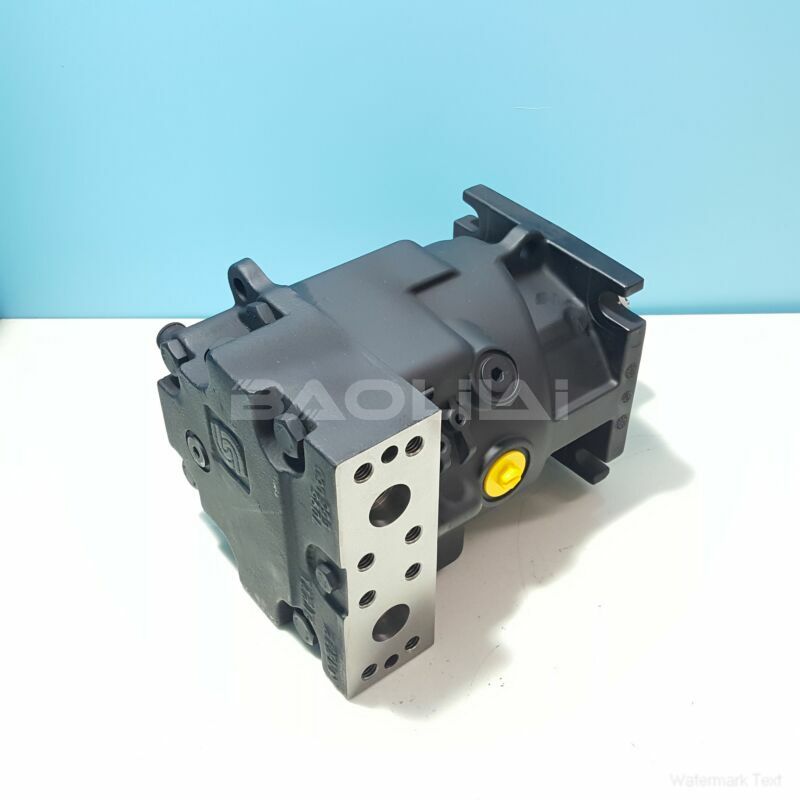90M075NC0N1N0C6W00EBA0000E4 danfoss motor
90M075NC0N1N0C6W00EBA0000E4 danfoss motor

- Product Details
- Applicable Scene
When it comes to enhancing the performance of piston engines, two popular methods often come up: supercharging and turbocharging. Both systems aim to increase the power output by forcing more air into the engine’s cylinders, but they do so in fundamentally different ways. Understanding the differences, advantages, and disadvantages of each can help you make an informed decision on which is the better choice for your specific needs.
90-M-075-NC-0-N-1-N-0-C6-W-00-EBA-00-00-E4
90M075NC0N1N0C6W00EBA0000E4
Supercharging involves a mechanically driven compressor that forces additional air into the engine. This compressor is typically powered by the engine’s crankshaft through a belt or direct drive. Because the supercharger draws power directly from the engine, it provides instantaneous boost, which means that power is readily available as soon as the throttle is engaged. This makes supercharging particularly appealing for applications where immediate power response is crucial, such as in sports cars and racing applications.

83059374
On the other hand, turbocharging utilizes exhaust gas energy to spin a turbine, which then drives a compressor that forces more air into the engine. This method not only increases the intake air density but also recovers otherwise wasted energy from the exhaust gases. One of the primary advantages of turbocharging is its efficiency; it can significantly improve the engine’s power and torque without a proportional increase in fuel consumption. Additionally, because turbochargers can create boost at higher engine speeds, they’re often favored in applications focused on high-end performance and fuel efficiency.
Both systems have their strengths and weaknesses. Superchargers typically deliver an immediate power boost, offering a linear power delivery that can enhance the driving experience. However, because they draw power from the engine, they can sometimes lead to a decrease in fuel efficiency and can cause engine lag if not sized correctly.





